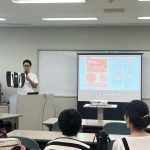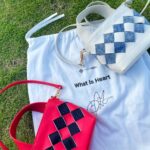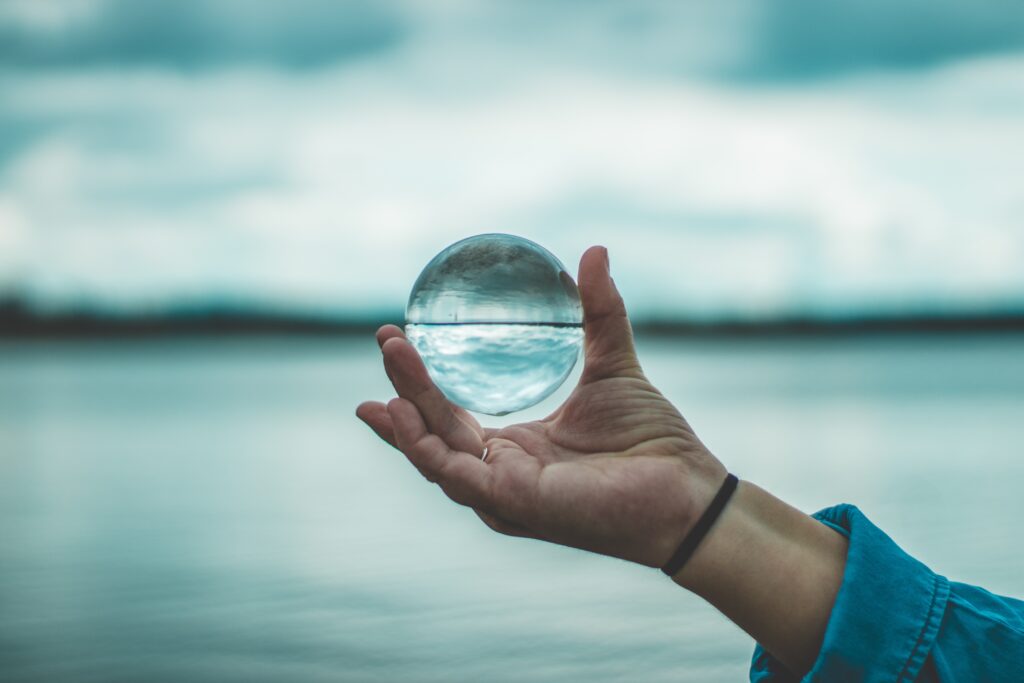
Have you ever thought about how we consume things in our day to day lives? Our society is one that is centered on consuming more and more things, whether it be food, clothing, electronics, or furniture. environment they’re produced in comes at a high cost. Climate change, biodiversity loss, and natural disasters are the result of taking things from the Earth’s resources without doing anything to replace those losses. economy.
What is a circular economy ?
The current model that we follow is called a linear economy, attributed to the fact that taking resources, production, and consumption all move in one direction. Once a resource is taken from nature, its final resting place is as waste in a dumpsite. economy , in contrast, is a concept that has emerged in recent years as a solution to the single-use lifestyle that we currently live by. is attributed to the “father of circular economy,” American architect William McDonough. This, as many experts argue , is a circular model. Unlike our current linear economy which only takes resources without replacing them, a circular model would mimic nature by giving back to it.
Why switch to a circular economy?
The benefits of adapting this model are straightforward. We can decelerate the damage that we’ve done to nature by using our things for as long as possible, and we negate damage to it as well by restoring it back to its original state. circular economy believe that this is the best way to move forward in order to keep our planet healthy.
The 3 Principles of Circular Economy
According to the Ellen MacArthur Foundation, there are 3 key principles in a successful circular economy:
- Eliminate waste and pollution

Year after year, landfills are overloaded with all sorts of waste. A circular economy aims to fix this by having products and materials be designed to re-enter the economy even at the end of its use cycle. Pollution reduction can also be implemented in the production process of certain materials, such as by eliminating the use of Toxic chemicals and making ceilings lower for pollution limits.
- Circulate products and materials
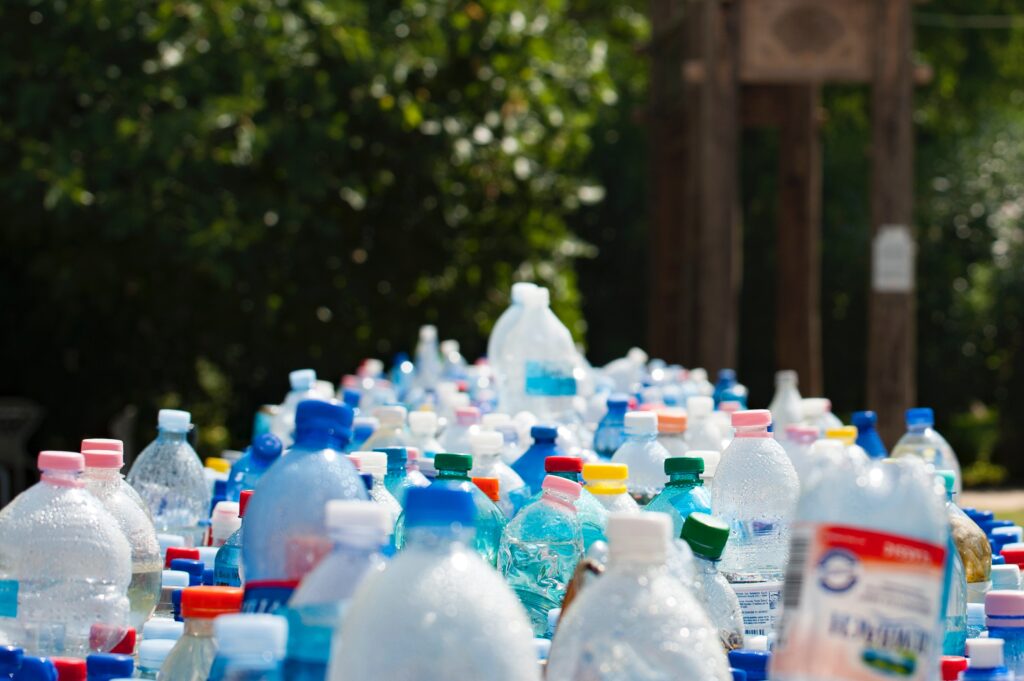
Circular economy supporters believe in the Butterfly Model. This model consists of two cycles which abolished products and materials. The first is the technical cycle which is centered on the idea that we must abolish materials and products at their highest value. in other words its usability , for longer. An example would be a pair of jeans that take longer to make, but are sturdier and more durable. must put more thought into designing each component of their product in order for it to last long and not contribute to waste.this would probably mean using high quality denim so that it can later be repurposed into something new.
- Regenerate nature
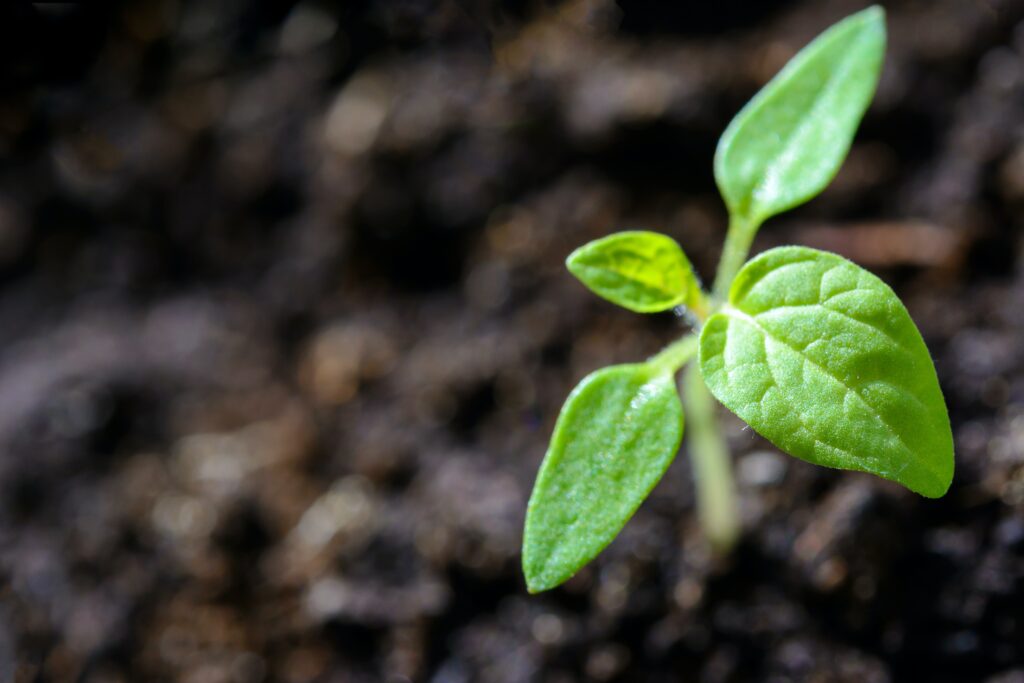
The third and final principle is regenerating resources. In our current world, we typically take resources without thinking of how we will replenish it, even with the knowledge that the Earth’s resources are finite. A circular economy focuses on regenerating the lost resources by using renewable energy, developing soil quality for regenerative farming, and so forth.The food industry is the most likely to be affected by this shift due to its nature of dealing with crops and land.With proper attention and the motivation to recreate the condition of natural ecosystems , our environment can continue to produce for us without meeting its end.
Conclusion
The predictions of the disastrous effects that climate change will have on our planet may seem inevitable, but movements such as those of Circular Economy proponents give us a ray of hope. If we as a society can band together to change existing structures, we can move a world which has a continuous, sustainable flow of resources, rich biodiversity, and room for us to live comfortable and convenient lives. If you want to find out more about the Circular Economy and its principles, you can read towards more about it on the Ellen MacArthur Foundation website . And if you want to take part in the move towards a non-linear economy, read more about our company’s product and advocacies on the appcycle official blog and Instagram.
This article was written by Yvonne Gonzales

